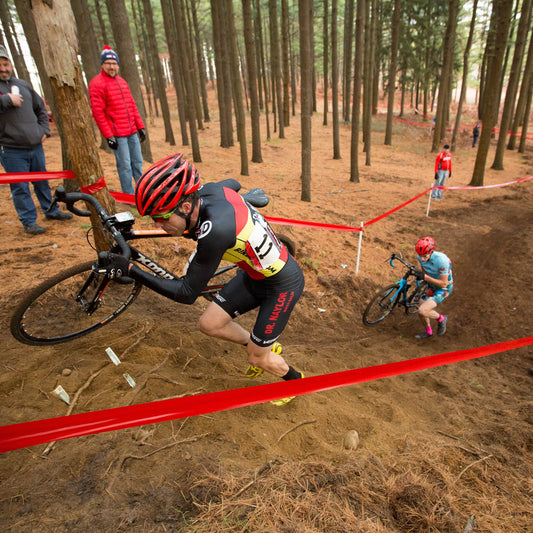Written by Coach Reem Jishi
How often have you heard a runner say “I had a really bad day out there, but I was happy that I at least ran the full distance without walking”? Whenever I hear this, I think “well maybe you would have had a better day if you did include some walk breaks.” While the run/walk interval approach isn’t for everyone, it is an option worth considering. Incorporating walk intervals mentally helps to break up the time, and also has the physical benefits of providing muscular and cardiovascular relief.
If you decide to try the run/walk interval approach, the next question is what run and walk intervals should you use? The answer to that question is “it depends.” There is no right answer. The key is to find the interval format that works best for you. Here are some factors to consider in developing your own run/walk plan.
How long can you comfortably run at one time? How long do you want to run? When many people start to run, they try to go as far as they can without walking. Then they walk to recover, and re-start to run. They run again as far as they can and then start walking. Each re-start results in a shorter and shorter run interval, often leading to discouragement and self-doubt. With the run/walk format, you pre-set the interval times. The run interval should be short enough so that you feel that you could continue comfortably well past the set time. As your fitness improves, your run intervals can increase as well. Ultimately, you can decide on the appropriate length of the interval. Often, people will chose to run for a mile at a time, or perhaps from aid station to aid station. The key is to have the interval pre-planned, and to convert to walking not because you have to, but because you plan to.
How long do you plan to walk and at what pace? As with the run interval, there is no set rule, but generally the walk segment should be long enough to allow for some recovery (i.e., for your heart rate to drop a few beats and to get your breathing under control) and allow you to take in your hydration or nutrition. Most people walk at a pace of 15-20 minutes per mile. Time some of your walks and see what your pace is. It’s important to be realistic here, as a difference of a minute per mile can have a significant impact on your overall pace, even with short walk intervals.
What is your goal race time? Another factor to consider is your goal race time. Are you trying to hit a specific number, or maybe stay under the course limit? How long your run interval will need to be to hit that overall pace will depend on how fast you can run, how fast you intend to walk, and how long your walk intervals will be.
Using the QT2 Calculator Run-Walk Calculator
Now that you have some things to think about, let’s play with the numbers using the QT2 Systems Run/Walk Calculator available HERE.
Using the first calculator (Race Pacing Calculator):
Step 1 - Enter your Race Distance
Step 2 - Enter your Target Race Time
The Race Pacing Calculator will calculate the average pace (the blended run/walk pace) required to hit your goal time.
Using the second calculator (Run/Walk Calculator):
Step 3 - Enter your overall target pace
Step 4 - Enter your planned run interval length
Step 5 - Enter your planned walk interval length
Step 6 - Enter your planned walking pace
The Run/Walk Calculator will calculate the average pace you will need to run during your run intervals to hit your overall target pace. If that pace is slower or faster than you feel you can run, then play around with the run and walk interval lengths until you reach a run pace you feel comfortable with.
As an example, Sally’s target marathon (26.2 miles) time is 4 hours. Using the first calculator, Sally knows she will need to hit an average pace of 9:09. Sally’s race has aid stations every other mile, and Sally plans to walk through the aid stations. She estimates that it will take her 15-20 seconds to walk the aid stations, and so plans to run for 18 minutes and walk for 18 seconds. Sally estimates that her walk pace is a 16 minute mile. Using the Run/Walk Calculator, to hit her goal time of a 4 hour marathon, Sally will need to run a 9:02 minute mile during the run segments.
Conclusion
If you decide to utilize a run/walk interval during your race, we recommend that you train with that same interval. Similarly, if you train using a run/walk interval, you should plan to race with that same interval. It may take some time for you to settle in on what works best for you, but once you do, practice, practice, practice!






